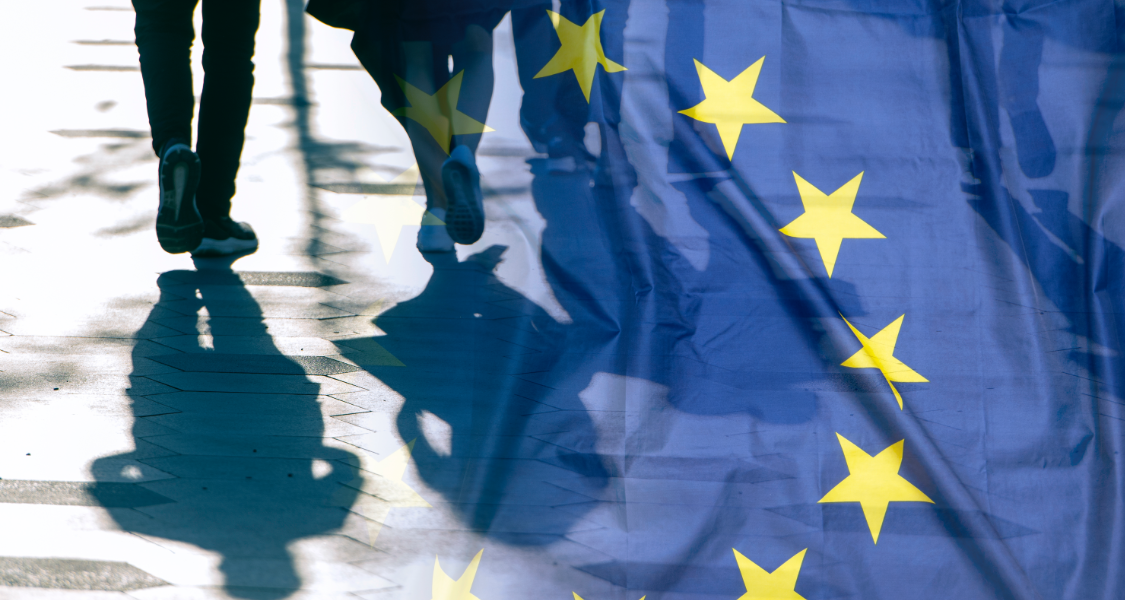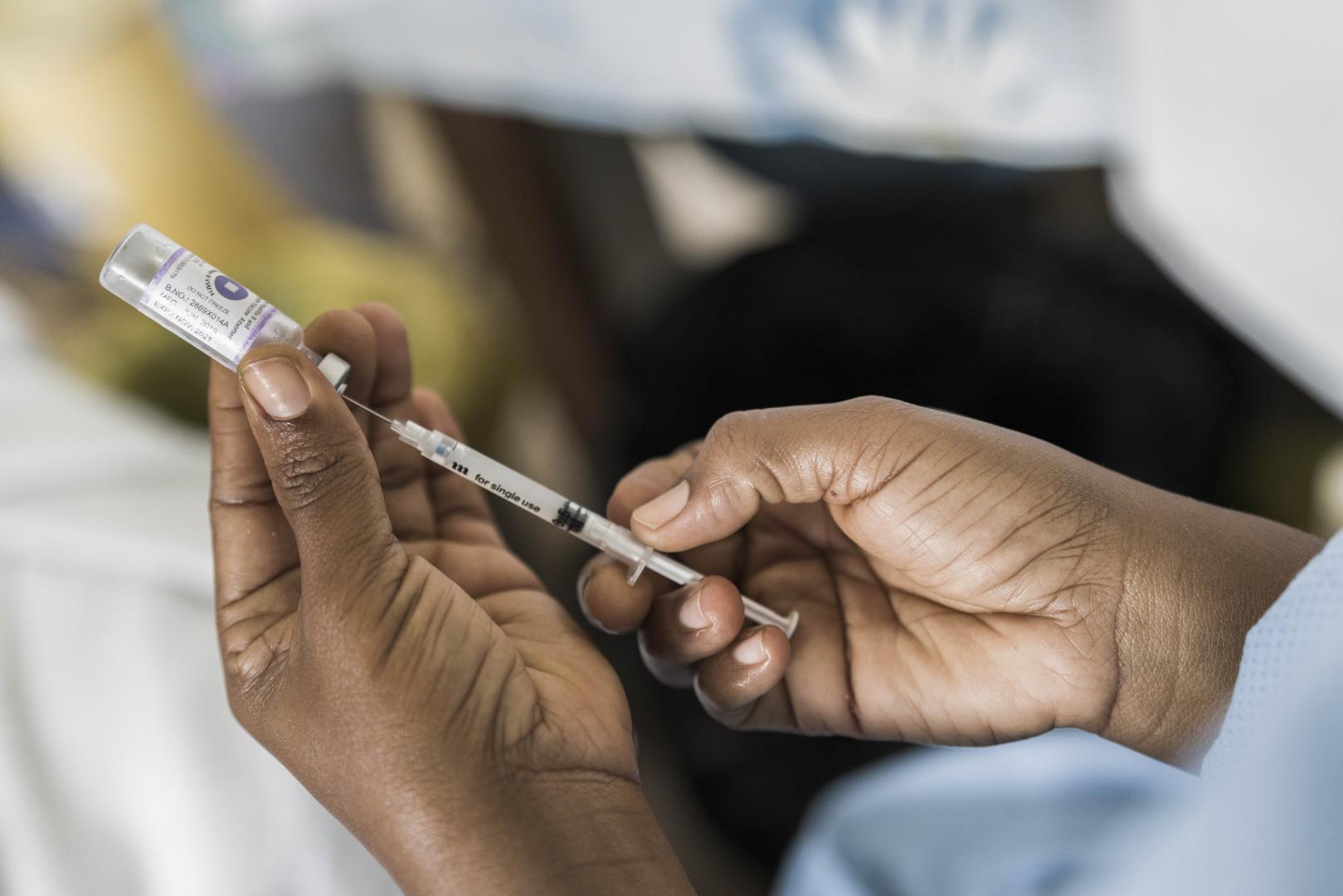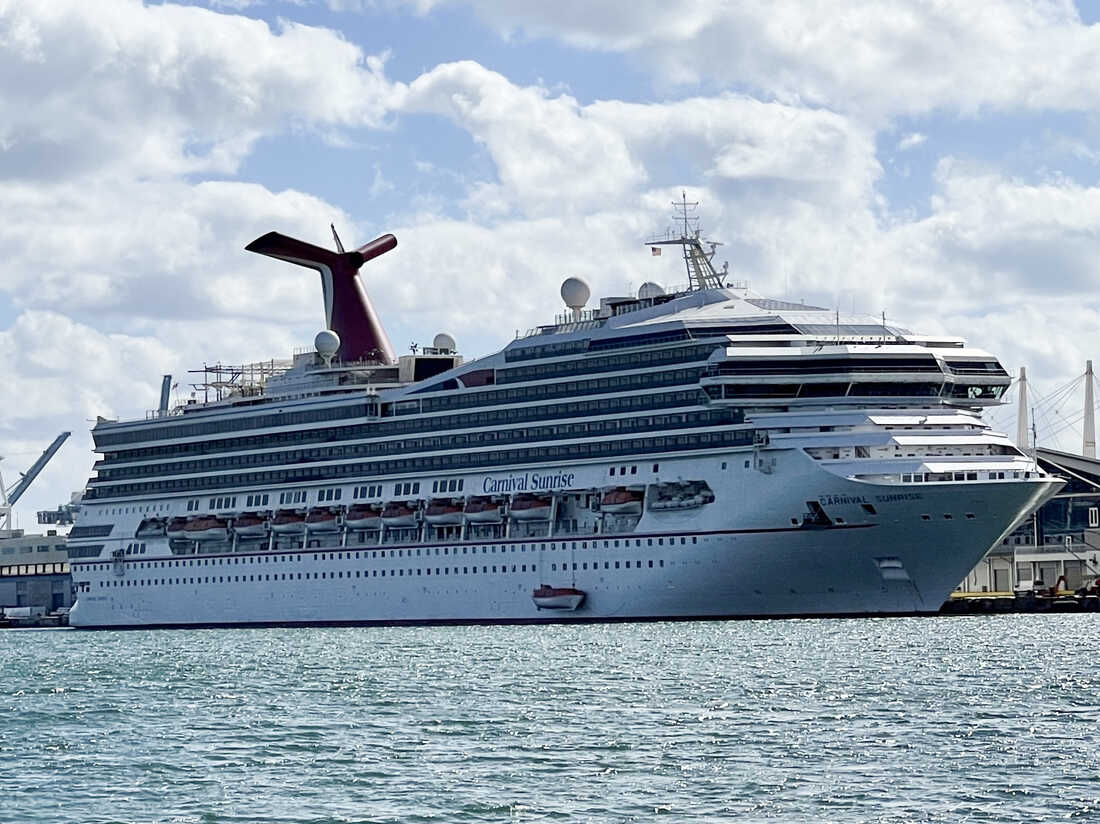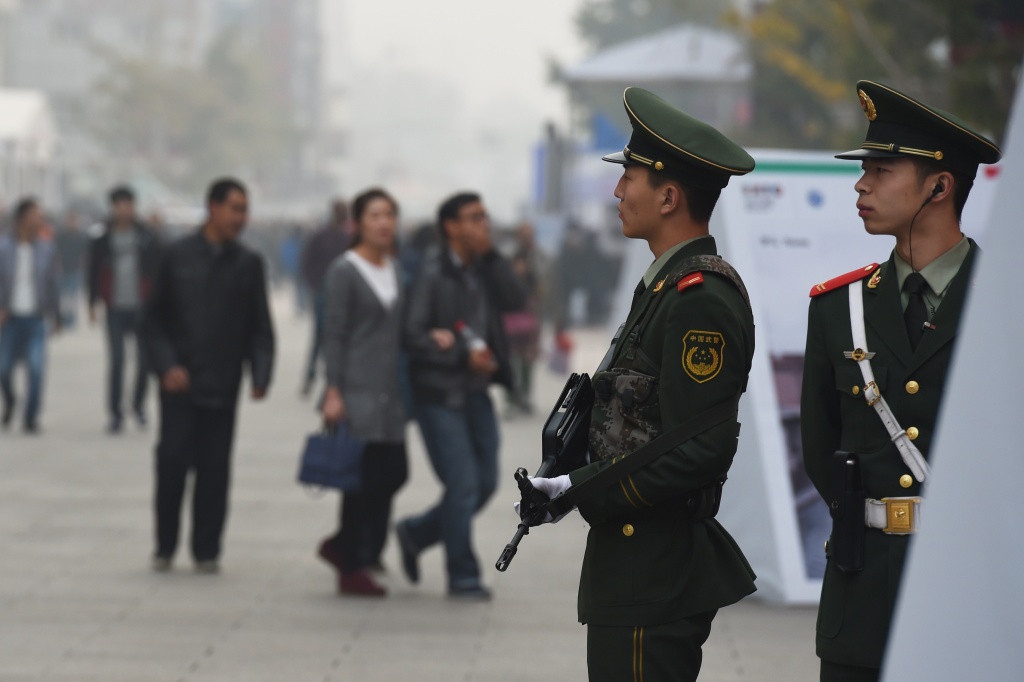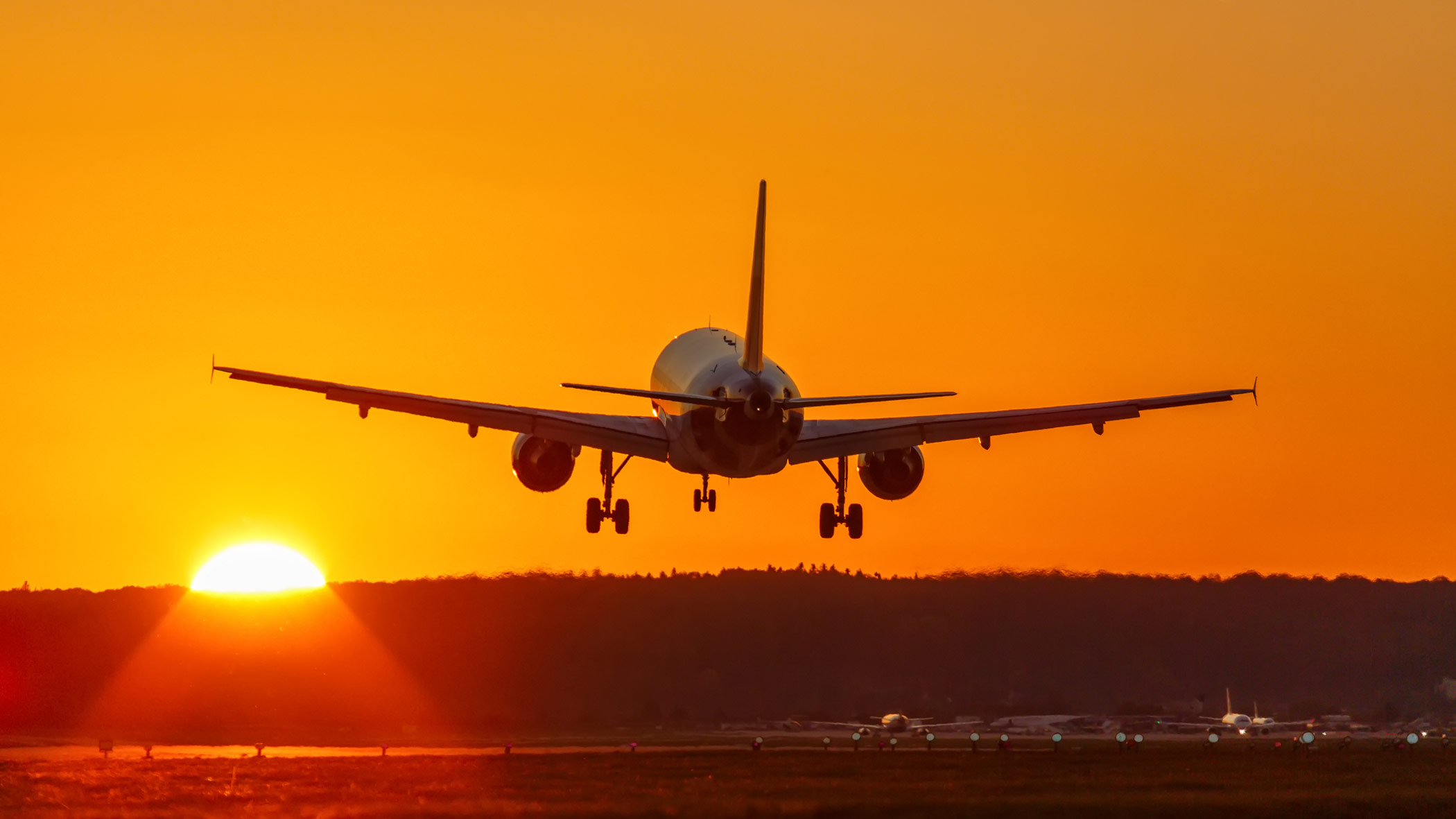
From Africa Renewal: November 2024 6 November 2024
By: Kingsley Ighobor
At the annual Global Africa Business Initiative (GABI) event, tagged #UnstoppableAfrica and held in New York on the sidelines of the UN General Assembly last September, Africa’s richest man, Alhaji Aliko Dangote, shared how, despite investing over $600 million in a certain African country, he still needed a visa to enter.
“As an investor, as someone who wants to make Africa great, I have to apply for 35 different visas on my passport,” Dangote also lamented during the Africa CEO Forum in Kigali, Rwanda, in May 2024.
For Dangote and many African business leaders, mobility restrictions stymie business; removing them will unlock the potential of intra-African trade, which currently stands at an unimpressive 17 percent—far behind Europe’s 60 percent trade within its borders.
The African Continental Free Trade Area (AfCFTA), unveiled by African leaders in March 2018, is expected to boost intra-African trade and consolidate a market of 1.3 billion people with a combined GDP of $3.4 trillion. The World Bank estimates it could increase Africa’s income by $450 billion by 2035, potentially lifting 30 million people out of extreme poverty.
The AfCFTA could expand Africa’s tax base and its capacity to sustainably manage its approximately $1.1 trillion—and growing—debt, asserts the Brookings Institution, a US-based think tank.
Implementation of the trade pact is progressing well, said Wamkele Mene, the Secretary-General of the Accra-based AfCFTA Secretariat, at the GABI event. With 54 AU member states signed on (only Eritrea has not) and 48 countries submitting instruments of ratification, Mene expects trade to grow significantly, although challenges remain.
Free movement is key
A 2023 AU and UN Economic Commission for Africa (UNECA) study maintains that free movement within the continent is “indispensable for intra-African trade and the region’s integration and development agenda.”
Yet only four African countries—Benin, The Gambia, Rwanda and Seychelles—offer visa-free entry to all African citizens; 33 countries provide visa-free travel to citizens from at least 10 African countries; and 30 countries still require visas for over half of Africa’s nations, according to the 2023 Africa Visa Openness Index, produced by the African Development Bank Group and the AU Commission.
Conceptually, African leaders themselves would like to ease movement restrictions. For example, the AU’s Agenda 2063 envisions “an integrated, prosperous and peaceful Africa.” In 2018, they adopted the protocol on free movement of persons, ahead of the AfCFTA’s entry into force.
As well, the AfCFTA Secretariat identifies “excessive border delays” and “cumbersome document requirements” as non-tariff barriers that must be eliminated to facilitate smoother intra-African trade.
But when trading under the AfCFTA began in January 2021, the free movement protocol was still not in effect. As of October 2024, only 32 countries have signed the protocol, with just four (Mali, Niger, Rwanda, and São Tomé and Príncipe) ratifying it—well short of the 15 ratifications required for it to take effect.
Barriers to Implementation
Why are countries reluctant to ratify the free movement protocol? According to the AU-ECA study, there is limited awareness among states of the economic benefits of free movement. Greater labor mobility could drive intra-African trade, knowledge transfer, capacity building and improved market access for African products and services.
Additionally, many countries lack adequate border management infrastructure, making it difficult to efficiently handle migration flows and enforce security measures.
Also, some states fear that foreign workers may take local jobs or strain public resources like health, education and sanitation services.
Visa fees remain a vital revenue source for many countries, often helping to offset budget deficits. Removing these fees could temporarily impact national budgets, even if free movement might yield greater economic benefits in the long term.
The COVID-19 pandemic has also raised health concerns, with some countries worried that unrestricted cross-border movement could facilitate the spread of diseases, complicating public health management.
The AU-ECA study notes a gap between the protocol on the free movement of persons and the AfCFTA’s emphasis on the free movement of goods and services, expressing concern over the disproportionate focus on the latter. It recommends that both aspects be prioritized.
The path forward
Despite these challenges, there is optimism among free trade area advocates. AfCFTA’s Guided Trade Initiative (GTI), which began in October 2022 with seven countries, has grown to 39 countries, including economic powerhouses South Africa and Nigeria. The GTI is a pilot for the AfCFTA’s legal and operational framework, and its success bodes well for broader goals like the free movement of persons.
The Pan-African Payment and Settlement System (PAPSS), a joint initiative by the AfCFTA Secretariat and African Export-Import Bank (Afreximbank), is facilitating cross-border payments in local currencies and is gradually gaining traction among traders. With over 42 currencies in use among 48 participating countries, PAPSS aims to reduce costs associated with currency exchange, particularly benefiting traveling business leaders and young entrepreneurs.
There is the point of relative integration successes in Africa’s regional economic communities— in the East African Community (EAC) and the Economic Community of West African States (ECOWAS), for instance—that could pave the way for broader continental integration.
In the long term, the launch of the pan-African passport in July 2016 could help tackle mobility barriers. The AU expects citizens to have access to these passports in the future, which will be good news for women traders who constitute about 70 percent of informal cross-border trade in Africa and often face bottlenecks at border crossings.
The stars appear aligned for AfCFTA’s success. A deal of effort has already gone into establishing the legal frameworks for digital trade, rules of origin, a dispute settlement mechanism and so on, as well as instruments such as the PAPSS and the African Trade Observatory, an information portal.
Mene emphasizes more effort will be needed to persuade states to ease restrictions on the movement of persons.
Source: Africa Renewal




